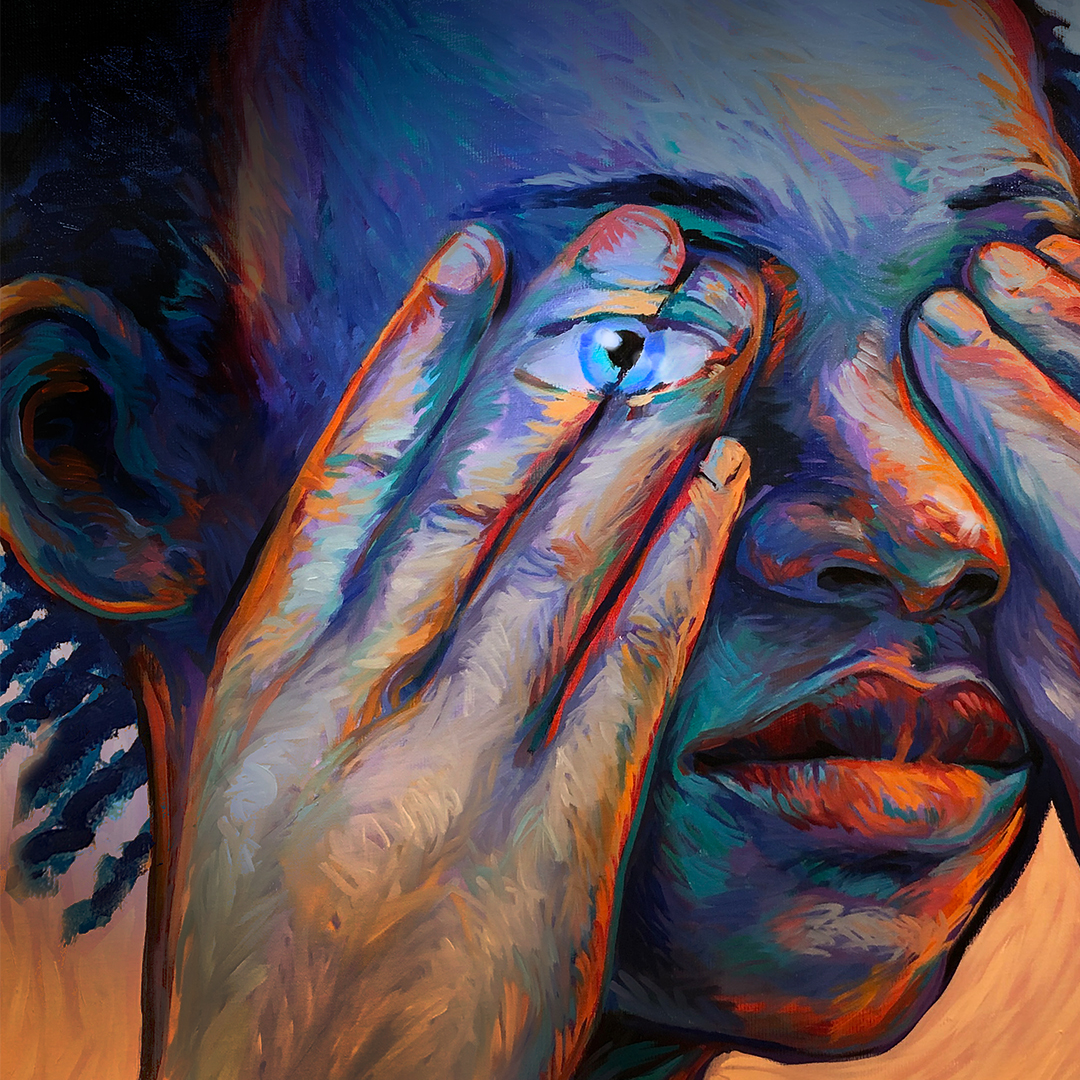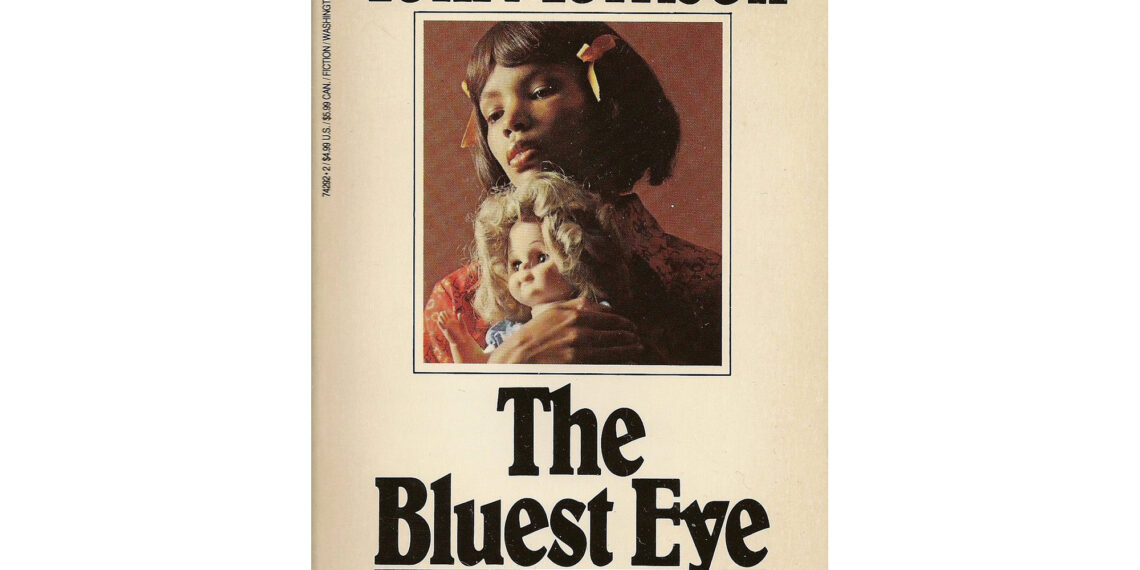Toni Morrison’s novel “The Bluest Eye” is a profound and thought-provoking work of literature that delves into a range of complex themes and issues, such as racial identity, beauty standards, and the impact of racism on the lives of its characters.The novel’s title, “The Bluest Eye,” is an important and symbolic decision with a multitude of meanings within the situation.
The Symbolic Significance of “The Bluest Eye”
A novel’s title frequently acts as a key point of entrance for readers, providing information about the main concepts and issues that are covered in the book. When it comes to “The Bluest Eye,” the title is extremely meaningful because it captures the main ideas of the book.

At the heart of the novel is the concept of beauty and the standards that society imposes on individuals. The idea of “the bluest eye” represents an unattainable and arbitrary standard of beauty. The term “blue eyes” traditionally conveys a sense of purity and desirability, and in the context of the novel, it becomes the embodiment of an idealized beauty that is unattainable for the African American characters. This beauty standard is unattainable not just because it is Eurocentric, but also because it perpetuates a myth of racial superiority.
The Pecola Breedlove’s Obsession with Blue Eyes
Pecola Breedlove, the novel’s central character, becomes obsessed with having blue eyes, believing that possessing this physical attribute will bring her the love and acceptance she so desperately craves. Her fixation on blue eyes is emblematic of the destructive impact of societal beauty standards on an individual’s self-esteem and self-worth. Pecola’s yearning for blue eyes illustrates the devastating consequences of internalizing such unrealistic and oppressive ideals of beauty. Her desire for blue eyes is, in essence, a yearning for societal acceptance and validation.
Also Read-
Comment on the theme of Wallace Steven’s poem The Emperor of Ice-cream
Discuss the use of human as a tool of social criticism in Huckleberry Finn
Discuss the material conditions and circumstances which made The American Enlightenment possible
The title, “The Bluest Eye,” is a direct reference to Pecola’s obsession and underscores the central role her longing plays in the narrative. It serves as a stark reminder of the damaging effects of racism and the ways it distorts individual perceptions of self-worth.
The Intersection of Race and Beauty Standards
The novel explores the intersection of race and beauty standards and the toll it takes on African American characters, particularly women. In a society that idolizes whiteness and Eurocentric features, the novel delves into how these beauty standards contribute to the internalized self-hatred and feelings of inferiority among African Americans. The title “The Bluest Eye” is apt in this context, as it highlights the unattainable ideal of possessing “blue eyes” as an emblem of beauty. It underscores the toxic impact of Eurocentric beauty ideals on African American individuals and communities.
Irony and Subversion of Expectations
The title “The Bluest Eye” is also ironic in nature. The expectation of a novel titled as such might be that it celebrates or upholds conventional notions of beauty. However, Toni Morrison skillfully subverts these expectations by using the title to draw attention to the harmful effects of these ideals. The irony lies in the fact that, despite the title’s suggestion, there is no celebration of “the bluest eye” in the novel. Instead, the novel critiques the very idea of beauty standards and their detrimental consequences.
Narrative Structure and Perspective
The choice of title also resonates with the novel’s narrative structure and perspective. “The Bluest Eye” is a multi-perspective narrative, with different characters taking turns to tell their stories and experiences. The title connects the various narratives by serving as a common thread that underscores the theme of beauty and the impact of racism on the characters. Each character’s story contributes to the exploration of beauty standards and their consequences, making the title an appropriate representation of the novel’s overarching themes.
The Reader’s Perspective
The appropriateness of the title “The Bluest Eye” also depends on the reader’s perspective and interpretation of the novel. For some readers, the title may initially seem perplexing or even misleading, but upon delving into the narrative, it becomes evident that the title is a poignant reflection of the novel’s core themes and messages. It challenges the reader to think critically about societal standards of beauty and the impact of racism, encouraging a deeper engagement with the text.
Historical and Cultural Context
It’s essential to consider the historical and cultural context in which the novel was written and set. “The Bluest Eye” takes place in the 1940s, a time marked by deep-seated racial prejudice and the perpetuation of harmful beauty ideals that favored whiteness. In this context, the title serves as a stark reminder of the racial and beauty dynamics of that era and the enduring impact of these factors on individuals and communities.
Toni Morrison’s Authorial Intent
Toni Morrison, a renowned author and Nobel laureate, was known for her keen understanding of race, identity, and the African American experience. Her choice of the title “The Bluest Eye” reflects her intention to confront and challenge societal norms and expectations, particularly in the context of beauty standards. The title is not meant to glorify or celebrate “the bluest eye” but rather to critique and question the damaging impact of such standards. It aligns with Morrison’s broader body of work, which consistently explores the complexities of racial identity and oppression.
The Title’s Timelessness
“The Bluest Eye” remains a relevant and impactful novel today because the issues it addresses—racism, beauty standards, and the struggle for self-acceptance—are still deeply ingrained in our society. The title’s appropriateness endures because it continues to serve as a powerful commentary on the enduring challenges faced by those who do not conform to conventional beauty ideals.
Conclusion
Irony and subversion are also evident in the title, which questions accepted notions and, in the end, functions as a criticism of the negative consequences of beauty standards rather than a celebration of them. The title’s suitability is further supported by its resonance with the narrative structure and point of view of the book, uniting the various character storylines around the theme of race and beauty.
When considered in the context of the historical and cultural backdrop of the 1940s and the authorial intent of Toni Morrison, the title “The Bluest Eye” gains even greater relevance. It is a reflection of the racial and beauty dynamics of that era and continues to be a powerful commentary on the enduring challenges faced by those who do not conform to conventional beauty ideals.
Ultimately, “The Bluest Eye” is a title that invites readers to engage deeply with the novel’s themes and messages, encouraging critical reflection on societal norms and expectations. It is a testament to Toni Morrison’s literary prowess and her ability to address complex issues of race, identity, and beauty in a compelling and thought-provoking manner. The appropriateness of the title not only underscores the novel’s timeless relevance but also contributes to its enduring impact as a work of literature that continues to challenge and inspire readers.
FAQ.
Q. Why did Toni Morrison choose the title “The Bluest Eye” for her novel?
Toni Morrison chose the title to symbolize the unattainable beauty standards and the impact of racism on the characters in the novel. “The Bluest Eye” represents an idealized beauty standard that is Eurocentric and serves as a central theme in the book.
Q. What is the significance of the “blue eye” in the novel?
The “blue eye” is a symbol of unattainable beauty, particularly in the context of the African American characters in the story. It represents the Eurocentric standards of beauty that the characters are confronted with and the destructive impact of these standards on their self-esteem.
Q. How does the title connect to the novel’s themes?
The title connects to the themes of beauty standards, racial identity, and the consequences of racism. It symbolizes the central theme of beauty and serves as a focal point for the exploration of the characters’ experiences and struggles.
Q. Why is the title considered ironic?
The title is ironic because it suggests a celebration of beauty ideals, but the novel actually critiques and challenges these ideals. The irony lies in the fact that there is no celebration of “the bluest eye” in the story, but rather a condemnation of harmful beauty standards.
Q. What is the relationship between the title and the characters in the novel?
The title “The Bluest Eye” is related to Pecola Breedlove’s obsession with blue eyes and her belief that they will bring her love and acceptance. The title serves as a reflection of Pecola’s yearning and the impact of societal beauty standards on the characters’ lives.

